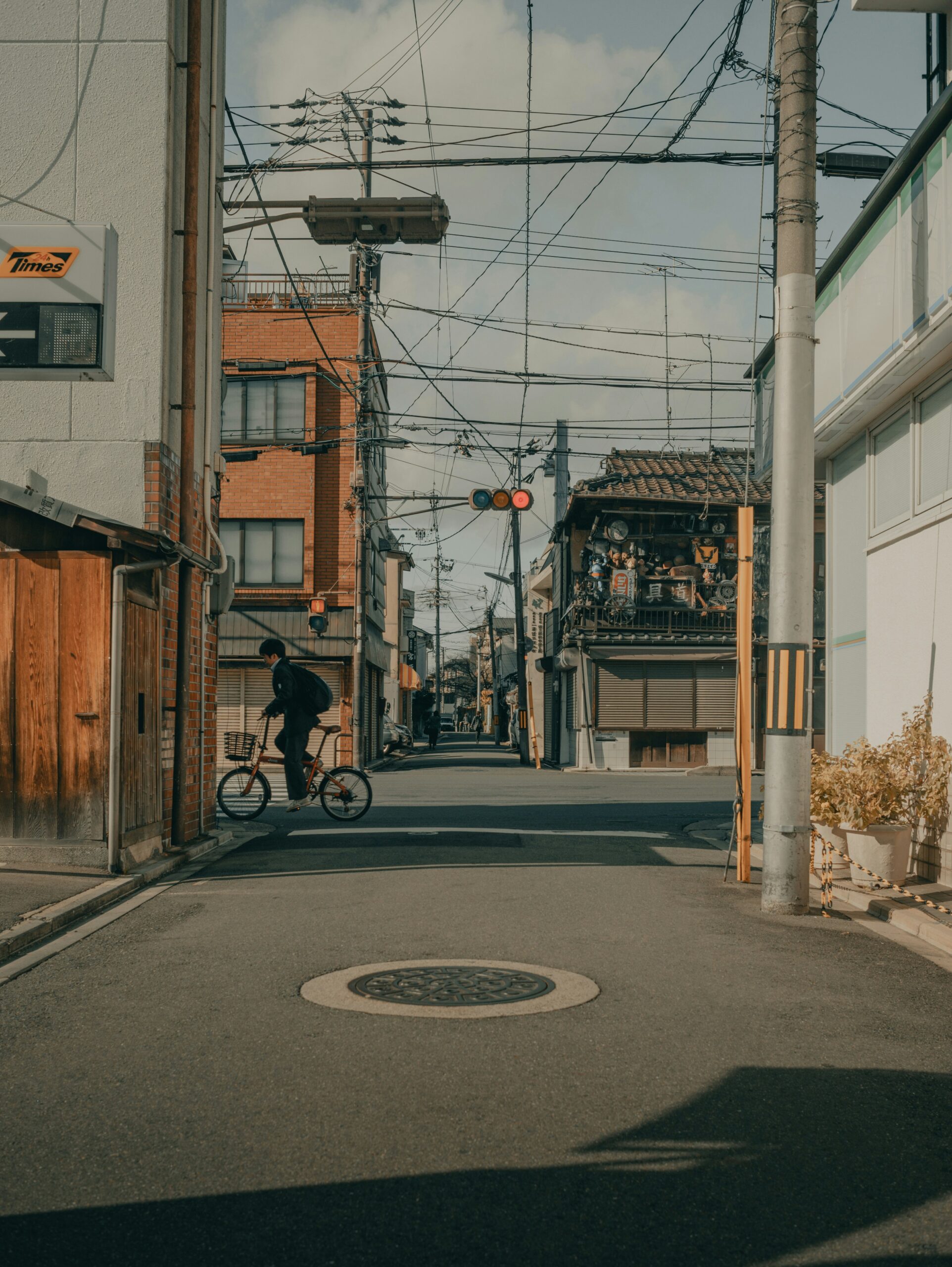In a world constantly pushing the boundaries of innovation, Japan stands at the forefront of reimagining urban living. With its unique blend of ancient culture and cutting-edge technology, the nation is crafting blueprints for the cities of tomorrow. From the bustling megacity of Tokyo to the tranquil towns dotting its islands, Japan’s urban planning efforts are a testament to its vision for a future that is sustainable, resilient, and inclusive. This article delves into the multifaceted approach Japan is taking to navigate the complexities of urban development, ensuring that its cities remain at the pinnacle of global living standards.
Blueprint Beginnings: Japan’s Urban Vision
Japan’s urban vision is rooted in a philosophy of harmony and innovation, aiming to create spaces where tradition and modernity converge seamlessly. The country’s planners are tasked with envisioning cities that not only cater to the dynamic needs of their inhabitants but also respect the delicate balance of nature. This vision is embodied in comprehensive urban blueprints that prioritize sustainability, resilience, and human-centric design. By carefully planning for future needs while valuing the lessons of the past, Japan sets a global benchmark for urban development. These plans are not just about creating spaces; they’re about shaping communities that live in sync with their environment, fostering a sense of belonging and well-being among residents.
The Megacity Evolution: Tokyo’s Future Plans
Tokyo, a city synonymous with unbridled growth and technological advancement, is on the cusp of a transformative evolution. The city’s future plans are geared towards making it more livable, resilient, and sustainable. Initiatives include the development of smart infrastructure, the integration of green spaces, and the enhancement of public transportation networks. Tokyo aims to lead by example, demonstrating how megacities can adapt to the challenges of the 21st century while improving the quality of life for their inhabitants. These plans also involve the decentralization of critical functions to mitigate the risks posed by natural disasters, ensuring Tokyo’s resilience in the face of unforeseen challenges.
Resilient Cities: Earthquake-Proofing Tokyo
In response to the ever-present threat of seismic activity, Tokyo’s urban planners are at the forefront of developing earthquake-proof technologies. The city’s approach involves a combination of strict building codes, innovative construction techniques, and community preparedness programs. Buildings are designed to withstand significant tremors, incorporating features such as base isolators, shock absorbers, and flexible structures that sway rather than break under stress. These measures are complemented by disaster readiness drills and education campaigns, ensuring that citizens are prepared for potential earthquakes. Tokyo’s commitment to earthquake-proofing its urban landscape is a critical aspect of its vision for a resilient future.
Green Metropolis: Japan’s Eco-Friendly Designs
Japan is redefining urban living with its commitment to eco-friendly designs. The country’s cities are embracing green architecture, renewable energy sources, and sustainable transportation options. Urban planners are incorporating parks, green roofs, and vertical gardens into the fabric of the city, improving air quality and providing residents with much-needed green spaces. These initiatives are part of a broader effort to reduce Japan’s carbon footprint and combat the effects of climate change. By integrating nature into urban environments, Japan is creating healthier, more sustainable communities for future generations.
Smart Cities: Integrating AI and IoT in Urban Planning
Japan’s urban centers are becoming testbeds for the integration of Artificial Intelligence (AI) and the Internet of Things (IoT) in city planning and management. These technologies enable smarter, more efficient cities that anticipate and react to the needs of their inhabitants. From traffic management systems that reduce congestion to sensors that monitor environmental conditions in real time, the deployment of AI and IoT is transforming urban living. These smart solutions not only enhance the efficiency of city services but also improve the quality of life by making cities more responsive to the needs of their citizens.
Public Transport Revolution: Japan’s Seamless Networks
Japan’s public transportation network is undergoing a revolution, with seamless integration and cutting-edge technology enhancing the commuter experience. The nation’s commitment to efficient, reliable, and sustainable transport is evident in its world-renowned bullet trains, extensive subway systems, and smart mobility solutions. By prioritizing public over private transport, Japan is reducing congestion, lowering emissions, and making urban travel more enjoyable. These efforts are complemented by advancements in ticketing systems and real-time data applications, making it easier than ever for residents and visitors to navigate the country’s cities.
As Japan continues to craft the blueprints of the future, its cities stand as beacons of innovation and sustainability. Through a multidimensional approach to urban planning, Japan is not only addressing the challenges of today but also anticipating the needs of tomorrow. From earthquake-proof buildings and green metropolises to smart cities and seamless public transport networks, Japan’s vision for its urban centers is a compelling model for the world. By balancing the demands of growth with the imperatives of environmental stewardship and social cohesion, Japan’s urban planning efforts are paving the way for a future where cities are not just places to live, but spaces where communities thrive.




